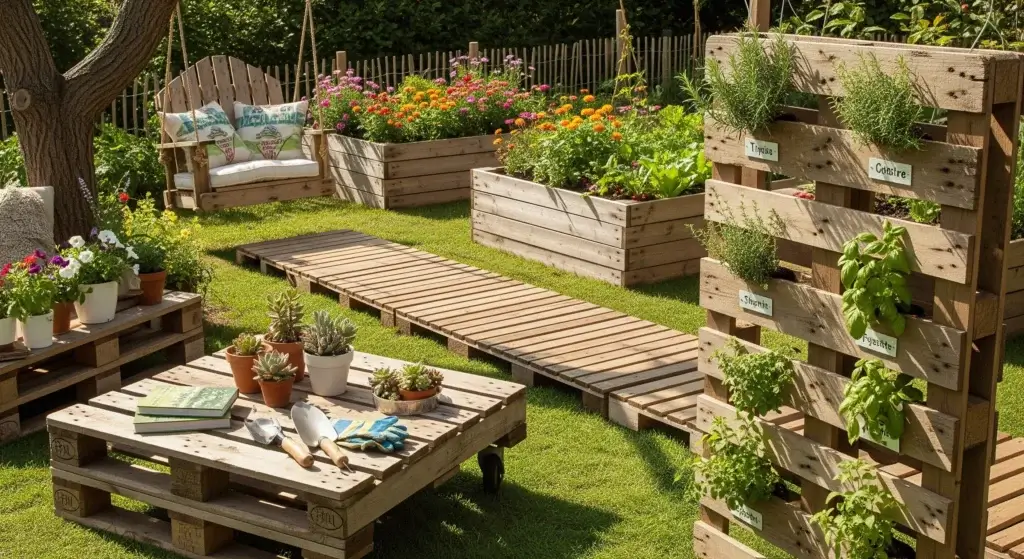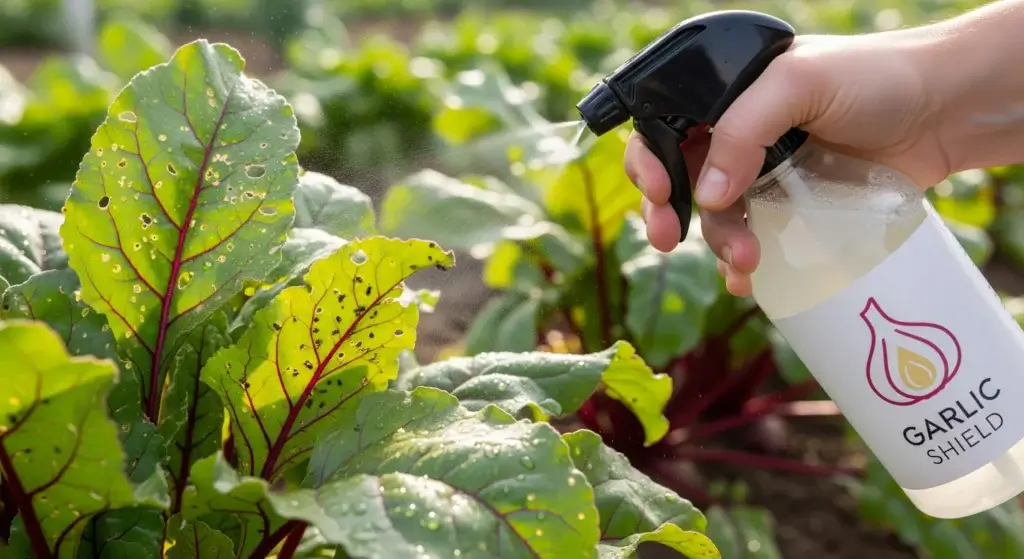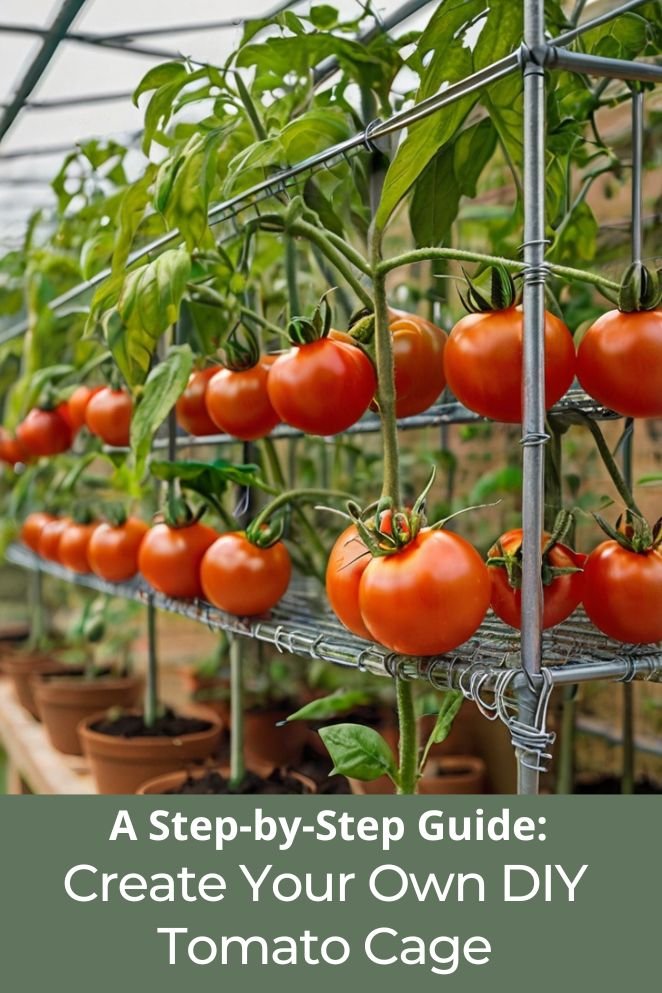
Tomato plants are notorious for growing tall and sprawling, making them prone to tipping over without adequate support.
A sturdy tomato cage keeps your plants upright, promotes better air circulation, and makes it easier to manage and harvest your tomatoes.
Store-bought cages can be pricey and may not always meet your needs, especially if you’re growing multiple plants.
By building your own tomato cage, you can tailor it to your garden space and plant size, ensuring your tomatoes get the best support possible.
Materials Needed
Before diving into the construction of your tomato cage, it’s important to gather all the necessary materials.
Depending on whether you choose to use wire mesh or wood, the materials will vary slightly.
- Read also: DIY Tomato Trellis Ideas: Make Your Garden a Blast from the Past
- Read also: DIY: A Guide to Building Your Own Tomato Plant Watering System
Wire mesh
- Wire mesh (concrete reinforcing wire or galvanized steel): Choose a roll that is at least 5 feet tall to accommodate the height of your tomato plants.
- Wire cutters: To cut the wire mesh to the desired size.
- Heavy-duty gloves: To protect your hands while working with the wire.
- Zip ties or metal ties: To secure the ends of the wire mesh together.
Wood
- Wooden stakes or slats: Use sturdy wood like cedar or treated lumber, typically 6-8 feet in length.
- Screws or nails: To secure the wooden slats together.
- Drill or hammer: Depending on whether you’re using screws or nails.
- Saw: To cut the wood to the desired length.

Step-by-Step Instructions
Now that you have all your materials ready, let’s get started on building your tomato cage.
We’ll provide instructions for both wire mesh and wood options, so you can choose the method that works best for you.
Using wire mesh
Measure and cut the wire mesh
- Begin by measuring out a section of wire mesh that is long enough to form a cylinder with a diameter of about 18-24 inches. This size is ideal for providing ample space for your tomato plant to grow.
- Use wire cutters to carefully cut the wire mesh to the desired length.
Form the cylinder
- Once you have the mesh cut, roll it into a cylinder, overlapping the edges slightly to create a sturdy structure.
- Use zip ties or metal ties to secure the overlapping edges together at multiple points along the height of the cylinder.
Create the anchors
To keep the cage stable, bend the bottom wires of the mesh outward to create small hooks.
These will be pushed into the ground to anchor the cage securely.
Place the cage over the tomato plant
Position the cage over your tomato plant, ensuring the hooks are pushed firmly into the soil to keep it in place. \
The cage should be centered around the plant, allowing enough room for growth.
Secure and adjust
As your tomato plant grows, you can adjust the position of the branches within the cage to ensure they are well supported.
Using wood
Cut the wooden slats
Cut your wooden slats to the desired height, typically around 5-6 feet.
You’ll need four slats for the vertical supports and additional pieces for the horizontal braces.
Assemble the frame
- Lay out two of the vertical slats on a flat surface. Attach horizontal slats at equal intervals along the length of the vertical slats using screws or nails. This will form one side of your cage.
- Repeat the process to create the other side of the cage.
Join the sides together
Stand the two assembled sides upright and attach additional horizontal slats to join them together, forming a square or rectangular frame.
Anchor the cage
Position the completed cage over your tomato plant and push the ends of the vertical slats into the ground for stability.
If needed, you can hammer the slats in gently to ensure they’re securely anchored.
Support the plant
As your tomato plant grows, use garden ties to attach the branches to the wooden slats for added support.
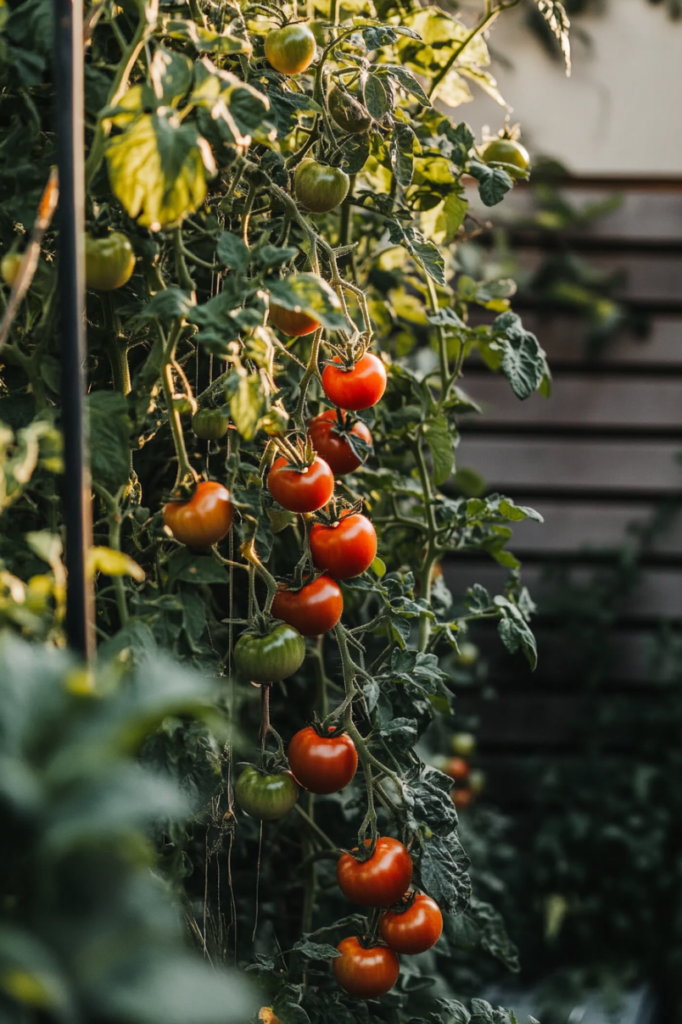
Tips and Tricks
When setting up tomato cages, here are some detailed tips to help you choose the right materials and maintain them effectively:
Choosing the right material
If you live in an area with strong winds, sturdy materials like wood might be a better choice as they provide more stability.
On the other hand, if you prefer something that’s easier to handle and quicker to set up, wire mesh cages are a good option.
They are lightweight and simple to assemble.
Preventing rust
For metal wire cages, using galvanized steel is a smart move.
This type of steel is coated to resist rust, which will help your cages last longer.
If you opt for wooden cages, go for treated lumber or use naturally rot-resistant wood such as cedar.
These choices will help your cages withstand the elements and stay in good condition.
Multiple cages
If you’re growing several tomato plants, it’s efficient to build multiple cages at the same time.
This approach not only saves you time but also ensures that each cage is consistent in size and support, providing uniform care for all your plants.
Regular maintenance
As your tomato plants grow, it’s important to regularly check the cages to make sure they remain sturdy.
You might need to adjust the position of the branches or make other adjustments to keep the plants well-supported and healthy.
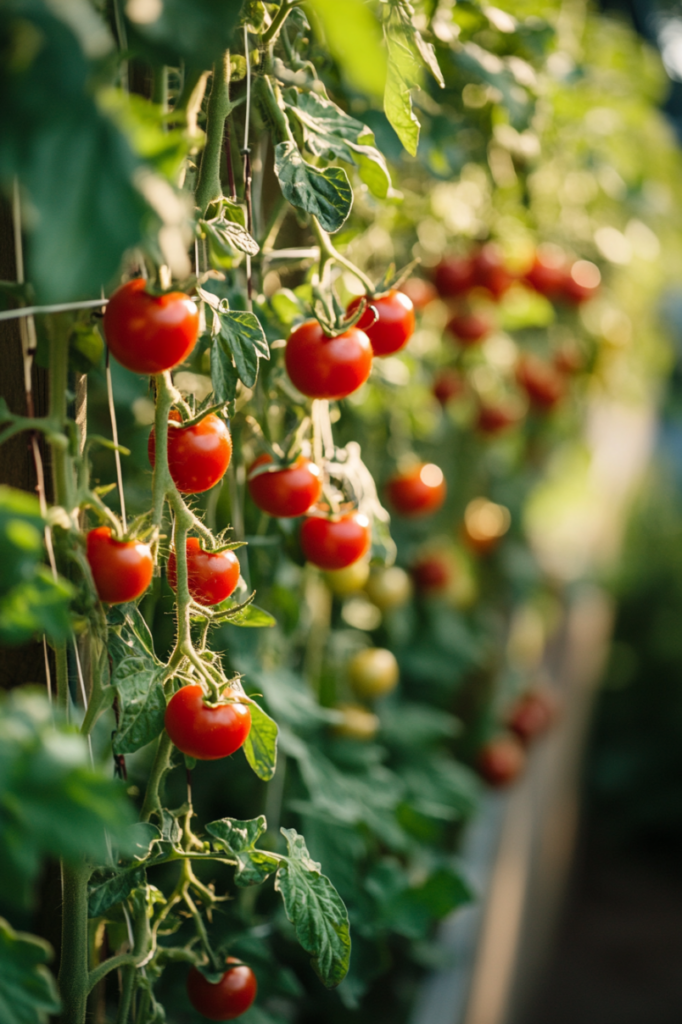
Additional Considerations
When setting up tomato cages, there are a few additional things to consider to ensure your garden thrives:
Space between cages
It’s important to leave enough space between each cage.
This spacing allows for good air circulation around your plants, which helps prevent diseases and keeps them healthy.
It also makes it easier for you to access your plants for watering and harvesting without getting tangled in the cages.
Custom sizing
Not all tomato plants are the same size.
Determinate varieties, which are more compact and grow to a certain height, usually need smaller cages.
In contrast, indeterminate varieties keep growing throughout the season and will benefit from larger cages.
Customizing the size of your cages to match the type of tomatoes you’re growing will provide better support and improve plant health.
Reusable materials
Both wire mesh and wooden cages can be used year after year if you take care of them.
Proper maintenance and storage will extend their life, making them a sustainable and cost-effective choice for your garden.
This way, you can continue to support your tomato plants effectively while reducing waste.

- Read also: Step by Step Guide: How to Grow Cherry Tomatoes in a Container
- Read also: A Comprehensive Guide: DIY Container Tomato Gardening
Conclusion
Building your own DIY tomato cage is a straightforward project that can greatly benefit your garden.
Whether you choose to use wire mesh or wood, creating a sturdy support system for your tomato plants will help ensure a healthy, bountiful harvest.
Not only is this a cost-effective solution, but it also allows you to customize the size and shape of your cages to fit your garden perfectly.
With the right materials and a little time, you’ll have a durable tomato cage that can support your plants throughout the growing season.
FAQs
Tomato plants need cages to support their growth, prevent them from tipping over, and protect the fruit from touching the ground, which can lead to rot.
Yes, you can use materials like PVC pipes, bamboo stakes, or even repurposed items like old ladders.
A typical tomato cage should be at least 5-6 feet tall to accommodate the height of the plants, especially for indeterminate varieties that continue to grow throughout the season.
Each tomato cage should support one plant. Placing multiple plants in a single cage can lead to overcrowding and reduced air circulation, which can increase the risk of disease.
Check the cages regularly, especially as the plants grow and bear fruit. Ensure that the cages remain stable and that the plant branches are well supported to prevent damage.


